
Furniture designs were originally approved at the start of the program through a review process; however, ongoing efforts to improve aesthetics, functionality and ergonomics have resulted in a number of design refinements. The City continues to work with Astral Media to improve the design of street furniture elements.
Equally important to design quality is the care and attention to detail in locating furniture on Toronto streets to enhance and improve the overall pedestrian realm. The guidelines are established in the Vibrant Streets Guidelines.
A wide range of transit shelter designs are used to provide the best possible comfort for transit patrons within the available space. Transit shelters come in two styles – enclosed or canopy shelters. Enclosed shelters are preferred for their ability to shield transit users from the elements in all directions. Canopy shelters provide an alternative where space or other factors do not allow for an enclosed shelter.
While all enclosed shelters include lighting, some are not lit continuously at night, instead turning on when a user walks in. In order to conserve energy through the night, motion sensors are used to activate lighting only when the shelter is in use.
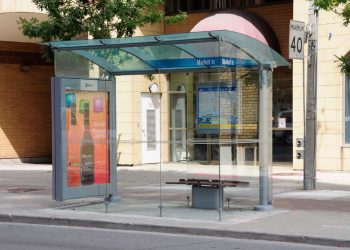
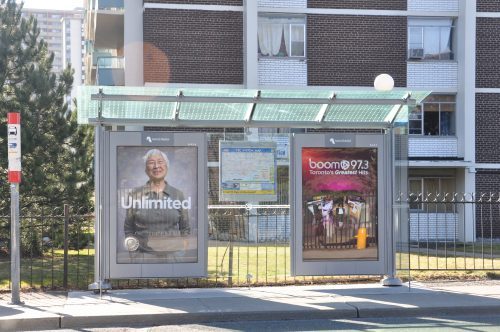
There are currently two types of sidewalk litter bins on Toronto’s streets that provide litter and recycling options.
The first version has foot pedals to open the flaps to the litter bin.
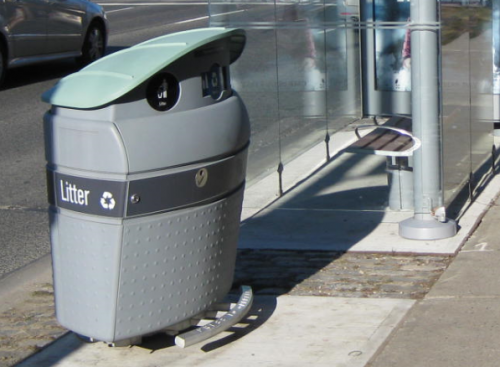
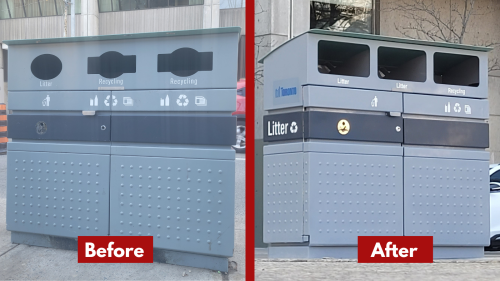
The City’s litter operations run 20 hours per day, seven days a week, with more than 50,000 collections of litter bins per week. The majority of street litter bins are emptied at night for safety and efficiency.
Report full litter bins to 311 by phone, the mobile app or online. Service requests are responded to within 24 hours.
Report bins that need cleaning or repair to quality@astral.com or 1-866-4ASTRAL (1-866-827-8725).
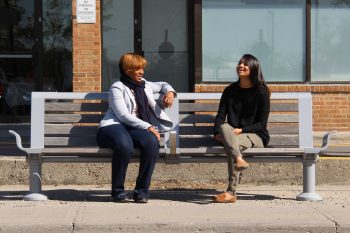
Benches come in two sizes, standard and mini.
There are two types of publication box structures: kiosks (providing a capacity of 8-16 publishers each) and corrals (providing a capacity of 2-4 publishers each). Both assist in organizing the dispensing of publications on city streets.
Learn how to obtain Publication Box Licensing.
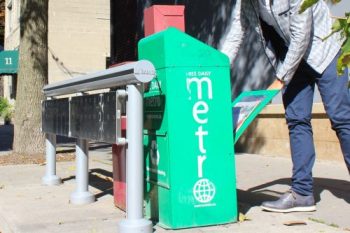
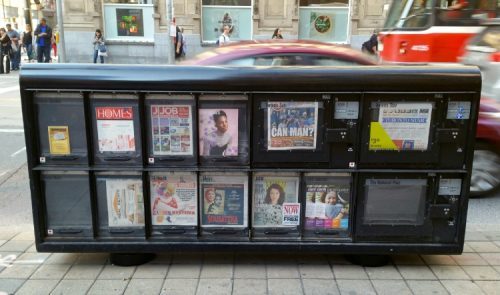
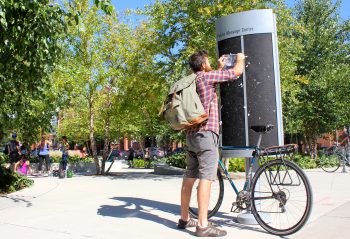
Postering structures provide space for members of the public to post and share information with the community. The Street Furniture Program provides two postering board formats: postering boards (affixed in transit shelters); and postering columns (freestanding on sidewalks). Postering surfaces are cleared once a week. For information on postering bylaws, see City of Toronto Municipal Code Chapter § 693 Article IV.
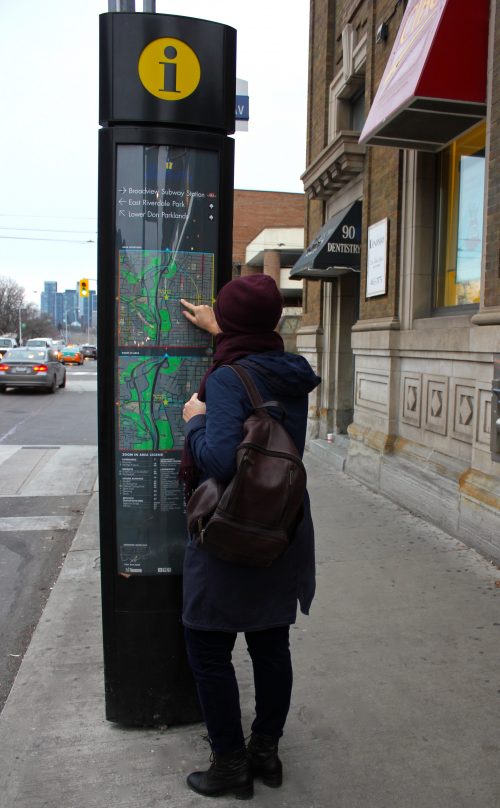
Information pillars assist Torontonians and visitors by providing maps and information on local landmarks and points of interest. Certain information pillars may also include advertising panels. Map information includes landmarks, districts, leisure activities and transportation information, such as transit.
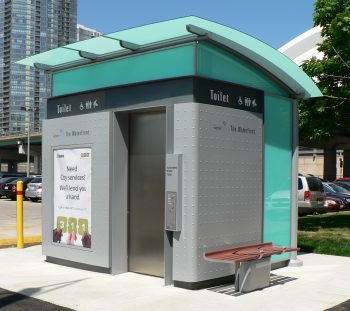
Toronto’s automated public toilets were first introduced in 2008. The automated public toilet is activated by inserting a $0.25 coin or token. Each patron has up to 20 minutes per use, with the time clearly communicated through a three-step audible warning process and a visual blinking light. After each patron exits, the unit will seal itself and begin a self-cleaning cycle. The unit is equipped with several sensors, and the cleaning procedure will not start if a patron is detected.
The automated public toilets are regularly maintained, with service personnel visiting the unit multiple times per day. The public can also request a maintenance call by dialing the phone number posted on the wall of the public toilet. The public toilet is well-lit both inside and out, and offers barrier-free access.